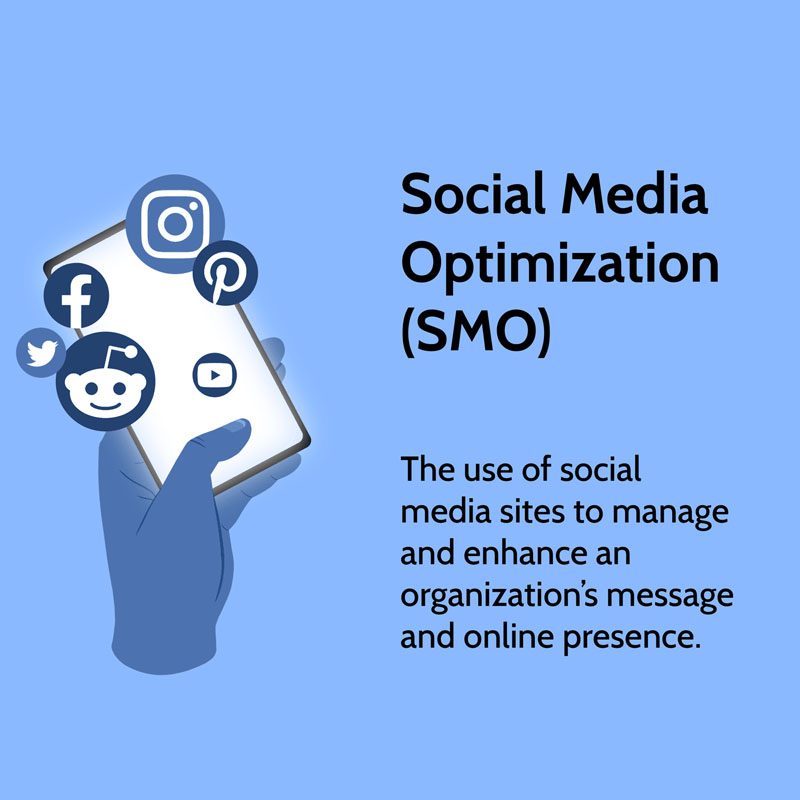
Software Development
18 Oct
Software development is the systematic process of conceiving, specifying, designing, programming, documenting, testing, and bug fixing involved in creating and maintaining applications, frameworks, or other software components.
Requirement Analysis:
- Identify and understand the needs and requirements of the end-users or clients.
- Define the scope of the software project and its objectives.
Planning:
- Create a project plan that outlines the timeline, resources, and tasks.
- Identify potential risks and develop a mitigation plan.
Design:
- Create a blueprint or design of the software, specifying its architecture, components, and modules.
- User interface (UI) and user experience (UX) design may also be part of this phase.
Implementation (Coding):
- Write the actual code based on the design specifications.
- Follow coding standards and best practices.
- Use version control systems to manage code changes.
Testing:
- Conduct various levels of testing to ensure the software functions as expected.
- Testing may include unit testing, integration testing, system testing, and user acceptance testing.
Deployment:
- Release the software to production or distribute it to end-users.
- Monitor the deployment process and address any issues that may arise.
Maintenance and Support:
- Provide ongoing support to address bugs, issues, or additional feature requests.
- Perform updates and improvements to keep the software current.
Documentation:
- Create and maintain documentation for the software, including user manuals and technical documentation.
Collaboration and Communication:
- Effective communication and collaboration among team members are crucial throughout the development process.
- Agile methodologies, such as Scrum or Kanban, are often used to facilitate collaboration and adaptability.
Quality Assurance:
- Implement practices and processes to ensure the quality of the software.
- This includes code reviews, testing automation, and continuous integration.











